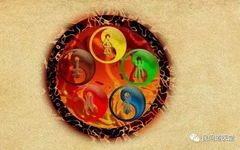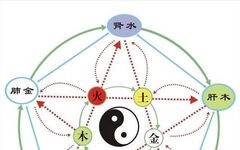The Six Evils of Wind, Cold, Heat, Dampness, Dryness, and Fire in Traditional Chinese Medicine
Wind is the messenger of nature; all things in the world cannot be separated from wind. Wind, or the Eight Winds, is a term that refers to the various manifestations of wind. The idiom “coming from all directions” illustrates this concept. Wind is the flow of gas, the transformation between heaven and earth, and a … Read more










